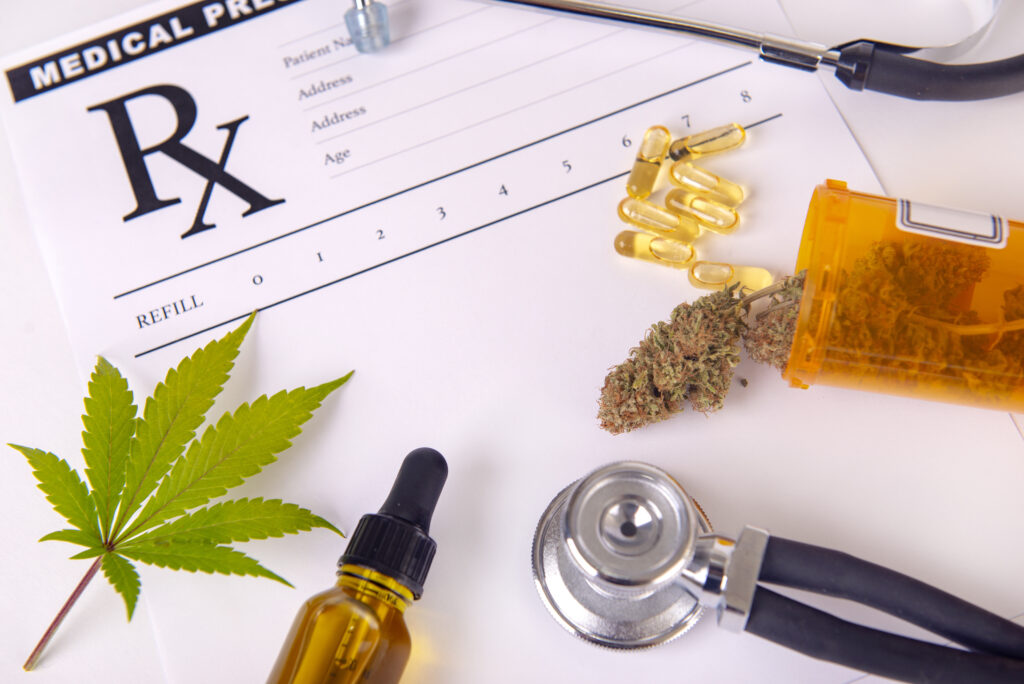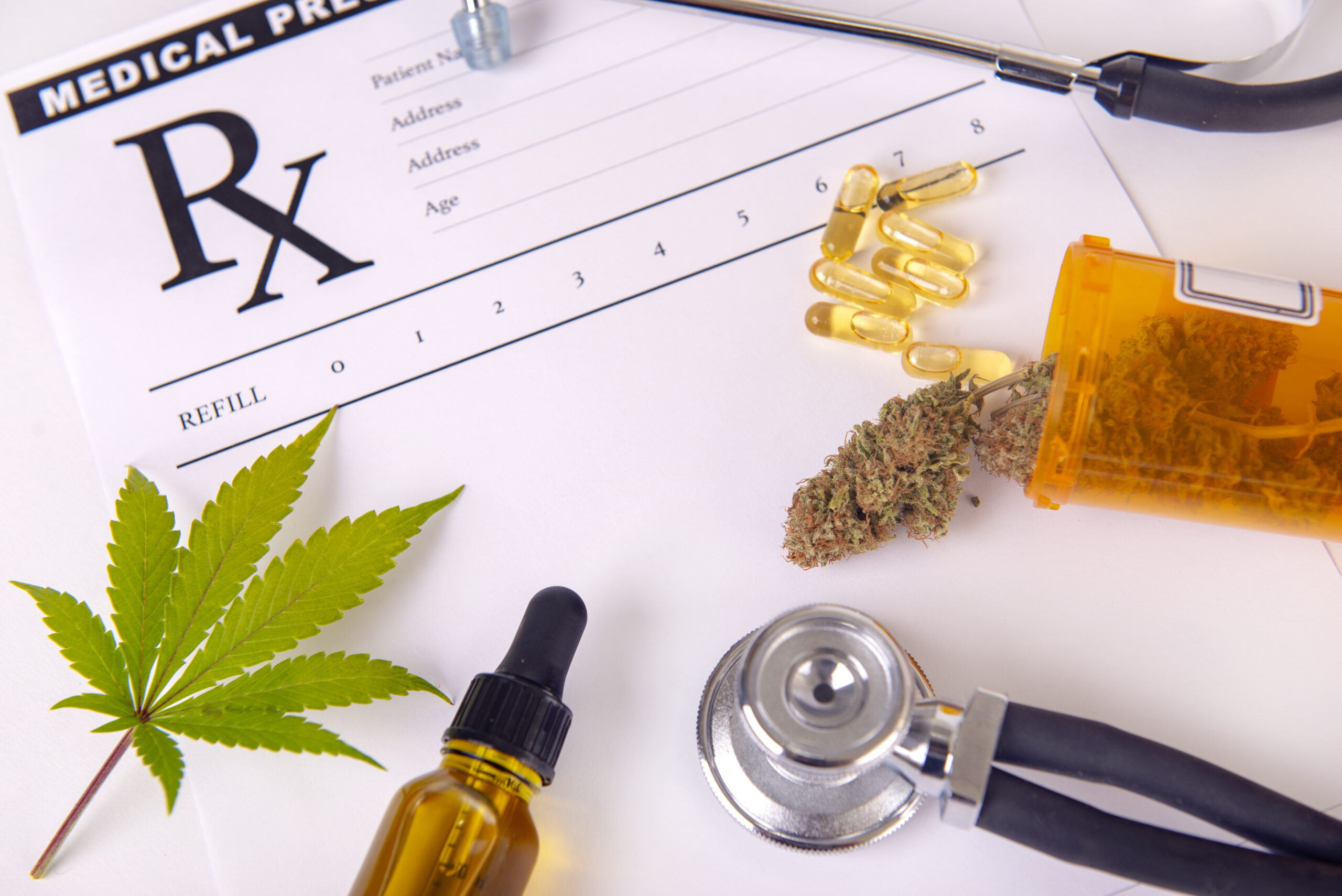
The use of cannabis in medicine has long been debated, with newly passed laws giving a shed of light to hopeful patients. Since cannabis and marijuana are the same, these terms are used interchangeably. However, medical cannabis is different from regular marijuana that’s used for recreational purposes. Learn the differences between these two in terms of the cannabinoid content, consumption, and dosage by reading below.
Cannabinoid Content
When it comes to medical treatment alternatives, cannabis plays a significant role in providing a natural and cost-effective solution to various diseases’ signs and symptoms. Cannabis plants have key active ingredients that are beneficial to maintaining health and wellness.
Cannabinoids are compounds found in cannabis plants, which include tetrahydrocannabinol (THC), cannabidiol (CBD), and cannabigerol (CBG), among others. These compounds tend to work together to provide therapeutic benefits, which make up medical cannabis.
Depending on their parent species, cannabis plants have different strains. Their genetics speaks much about a strain’s cannabinoid content, physical characteristics, fragrance, flavor, effects, and medical benefits.
Here’s how medical cannabis and regular marijuana differ in terms of cannabinoid content:
- THC High: THC refers to the psychoactive substance that causes ‘high’ among users. Recreational marijuana tends to have higher THC levels than medical cannabis. Some of the highest THC marijuana strains include Godfather OG, Super Glue, and Strawberry Banana.
- CBD Therapeutic Value: Cannabis strains with high levels of CBD are usually considered medicinal. Some examples of medical cannabis strains with high CBD content include Harlequin and Pennywise.
- High THC And CBD: There’s a synergistic effect when THC and CBD work together–coined as the ‘entourage effect.’ There are cannabis strains with significant THC, and CBD levels recommended both for medical and recreational purposes, such as Cannatonic and OG Kush CBD.
Consumption Methods
Medical cannabis patients consume cannabis products with their health and safety in mind. For instance, hand-selected cannabis strains are highly recommended for patients to ensure they’re free from harmful fertilizers and microorganisms. Crown Tulsa explains that premium cannabis products must be explicitly selected for cannabis patients, specifically hand grown.
Here are some of the cannabis consumption methods users can choose from:
- Smoking: Nowadays, recreational users still smoke cannabis. Other alternatives to smoking that involves inhaling it include joints and blunts using wrap or paper.
- Edibles: Cannabis oils and sauces can be incorporated into food and beverage, like cookies, brownies, and smoothies.
- Dabbing: The most common method to consume concentrates is dabbing. This involves using a dab rig with a small butane torch, heating a nail to evaporate the concentrate.
- Sublingual: CBD oils derived from cannabis are often taken under the tongue for immediate effects.
- Topicals: Cannabis topicals include cannabis creams, lotions, salves, and balms. They are commonly used in relieving aches and pains, such as muscle pains, joint pains, and skin problems.
- Vaping: Cannabis vaporizers and e-juices are available so that users can benefit from vaping technology. Vaping provides an almost instantaneous effect as compared to other cannabis consumption methods. Both medical cannabis and regular marijuana users favor vaping as a great way to consume cannabis over smoking.
Dosage
Regular marijuana is commonly consumed according to the preference of the recreational user. It’s important to know your local cannabis laws regarding how much marijuana recreational users are allowed to consume to avoid facing legal consequences.
On the other hand, because medical cannabis is intended for patients, there’s a high regard for careful dosing. Doctors are sought to ensure proper dosage that’s tailor-fit for individual patients. However, the lack of pertinent cannabis education leaves many clinicians in the dark about how to advise patients in pursuing medical cannabis treatment.
Here are the practical considerations in dosing and administration of medical cannabis:
- A patient’s medical cannabis needs and tolerance depends on experience and endocannabinoid tone. It’s advisable to start with a low dosage and slowly increase until the desired effects are attained.
- Twenty to thirty milligrams of THC per day is recommended to reduce tolerance risk and other adverse effects.
- Patients shouldn’t confuse psychoactivity or ‘high’ with efficacy.
- The correct medical cannabis dose is the lowest dose that produces therapeutic benefit without adverse effects.
- CBD is less potent than THC and may require higher doses to gain adjunctive benefits. CBD is also claimed to be useful in pain management, inflammation, and attenuating THC-associated tachycardia (fast heart rate) and anxiety.
Conclusion
Medical cannabis and regular marijuana are different in terms of the cannabinoid content, consumption method, and dosage. Regular marijuana tends to have higher THC content than medical cannabis and it’s usually consumed through smoking, vaping, or dabbing. On the other hand, medical cannabis strains have high CBD content and consumed via vaping, edibles, or topicals.
